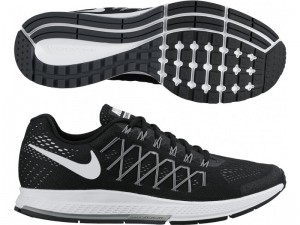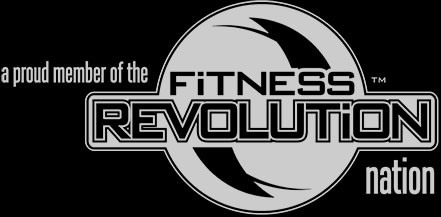Throughout my athletic career and my time as a strength and conditioning coach, I’ve learned the incredible importance of footwear when it comes to performance and injury prevention. Since I have become a strength and conditioning professional, this is an area that needs to be addressed the most with my athletes. For whatever reason, my athletes, and people in general, tend to ignore the labels that shoe departments place over a section (running, training, hiking, etc.). This post will focus specifically on the difference between a running and training shoe, simply because roughly 85% of my athletes wear a running shoe to do speed and agility drills expecting optimal performance, and hopefully serve as a guide for the next trip to purchase a new pair of kicks. For clarity, “running” shoe implies a shoe designed for linear running.
Here is my thought process when purchasing a pair of shoes to start the discussion. Prior to even looking at shoes, I always make sure I go in understanding for what purpose I am buying them. Considering my profession, I go straight to the training section 98% of the time. I am fully aware of the demands that will be placed on these shoes. Unfortunately, many go in simply looking for the coolest looking pair of shoes they see, rather than even bothering with the function of the shoe, and end up wearing a shoe made for distance runners instead of a design to perform aggressive speed and agility drills involving intense acceleration, deceleration, and change of direction. If I see one more kid walk in to our facility with Nike Roshes on, I am going to explode! Shoes like the Nike Roshe have zero business being worn during intense bouts of speed and agility skill work. I have literally given my shoes to one of my athletes for the hour simply because I was so afraid he was going to possibly injure himself as a result of the shoes he decided to wear. For many of my athletes, footwear is what’s keeping them from performing at optimal levels simply due to the fact their shoes are unable to handle the forces being applied to them.
Let’s start with understanding the function of a running shoe. The term running shoe, as mentioned above, implies linear distance running. Many throw speed and agility under the umbrella of general running which is a huge mistake. The shoe is specifically designed to meet the demands a distance runner will experience, so expect more qualities that will aide in absorbing the constant impact a runner endures throughout their training. There are obviously at least a dozen other factors that go into picking out running shoes, which could be a blog post in itself, but I won’t dive into that in this one. Now lets discuss the characteristics and function of a training shoe. They are designed to to support higher speeds involving acceleration, deceleration, and change of direction, in multiple directions. In short, they have a greater amount of lateral support that really locks the foot in for intense bouts of speed and agility drills thus aiding in the prevention of injuries, particularly lateral ankle sprains, and allowing for maximum control. Here is one way to look at it when shopping for training shoes: Higher the sole height = less lateral stability; shorter sole height = more lateral control. If there is still a lack of clarity, simply visit Nike’s website. They do a phenomenal job at guiding you towards the right shoe by being as specific as possible with their tabs. For example, I want to order a new training shoe for my speed and agility training. I go to the Nike homepage, click on “men”, and categories are immediately laid out for you. Click on the “training & gym” tab, and you will instantly notice there are subcategories laid out whether I want something fast and responsive with a low profile, more cushioning for added comfort, or something that has maximum stability and more of a flat profile for something such as weightlifting. If you are looking for running shoes, they get even more specific with subcategories. If you simply take the time to research a bit, they make your shopping experience as simple as possible. Below are pictures to help put a visual with what I am describing. First is an example of the Nike Zoom Speed Trainer 3, which I happen to wear and love. There are two views of the side profile and the bottom. Second is the Nike Zoom Pegasus 32. Pay attention particularly to the obvious differences in the sole thickness and shape clearly showing what each shoe is designed for.


Hopefully this post will steer you in the right direction when shopping for your next pair of training shoes. I can not stress enough to my athletes the importance of their footwear when training. There are multiple athletes I have trained who have made the switch from running shoes to a trainer, and their performance markedly improved. Most importantly it can drastically reduce the risk for injury.

